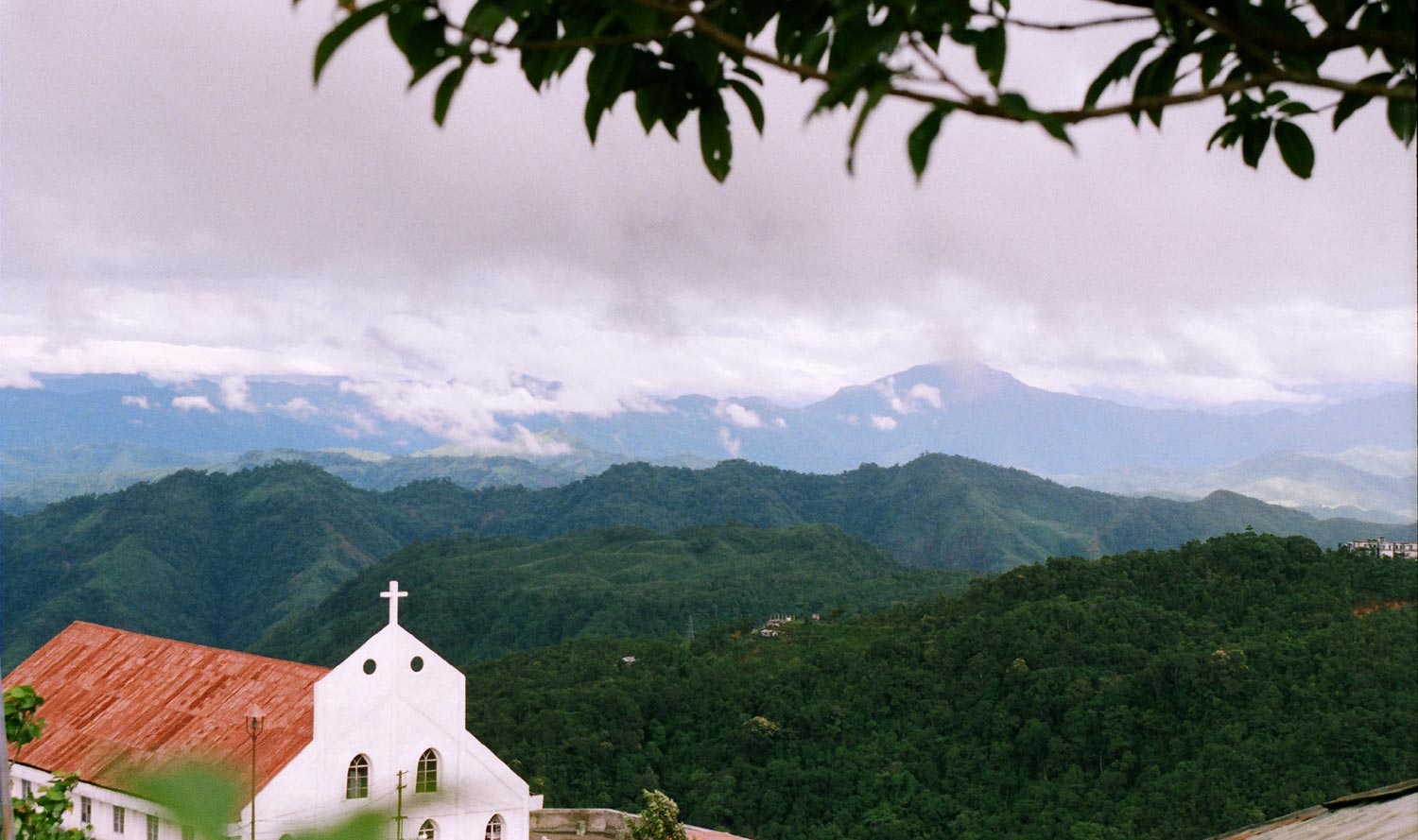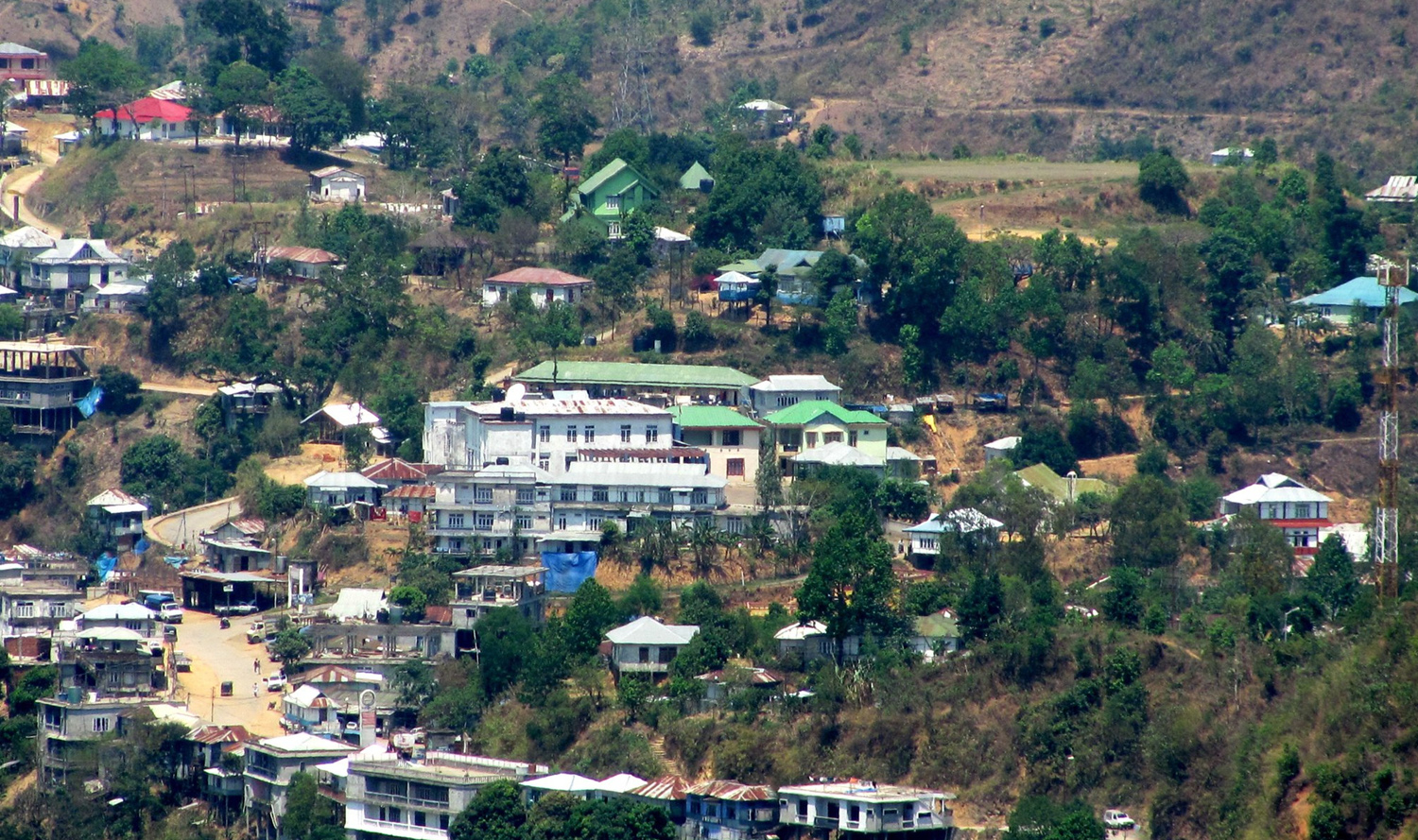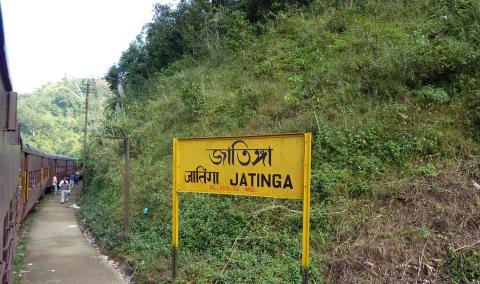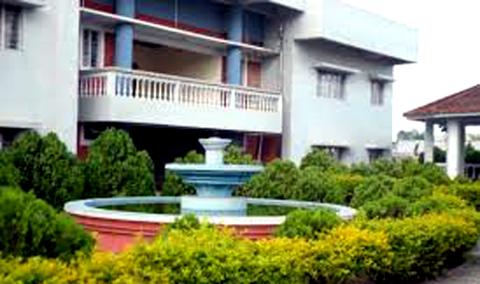Lunglei, sometimes spelled Lungleh, literally meaning "bridge of rock" owes its name from a bridge like rock found in the riverine area around Nghasih, a small tributary of the River Tlawng. It is one of the most populous and is the biggest districts of Mizoram with some 186 villages on count at a distance of 235 kilometers towards the south of Aizawl. It is bounded on the north by Mamit and Serchhip districts, on the south by Lawngtlai and Saiha Districts, on the east by Myanmar and on the west by Bangladesh.
Lunglei fell to the British in March 1889 when the Lushai Military Expedition under the command of Capt. J. Shakespeare reached Lunglei (then Lungleh) from Chittagong. The Expedition comprised of three officers and 250 sepoys. They built a timber stockade known as ‘Fort Lungleh’, thus placing Lunglei under administrative control of the British Rule. The South Lushai Hills, a separate administrative unit under Chittagong Division was constituted on April 1, 1891 till the year 1898 when the North & South Lushai Hills were amalgamated into one district known as Lushai Hills District and was placed under administrative control of Assam and a Sub-Divisional Officer posted at Lunglei as administrative head of the District.
Places to visit
Serkawn, Theiriat Tlang, Nghasih Stream, Lung-lei, the stone bridge after which the city is named, Kawmzawl, Khawnglung Wildlife Sanctuary, Saza Wildlife Sanctuary and Thorangtlang Wildlife Sanctuary.
How to reach
Lunglei, also known as the second capital of Mizoram is not connected by air or train. The nearest Airport is at Lengpui and the nearest Rail Head is at Silchar. It can be reached by road (National Highway 54) only via Serchhip and Thenzawl. Maxi Cab and Bus Services are available day and night to and from Aizawl.
Best time to visit Lunglei
Between September & February
Best time to visit the Wildlife Sanctuaries
October to March
Lunglei
235 kms towards the south of Aizawl, Mizoram






